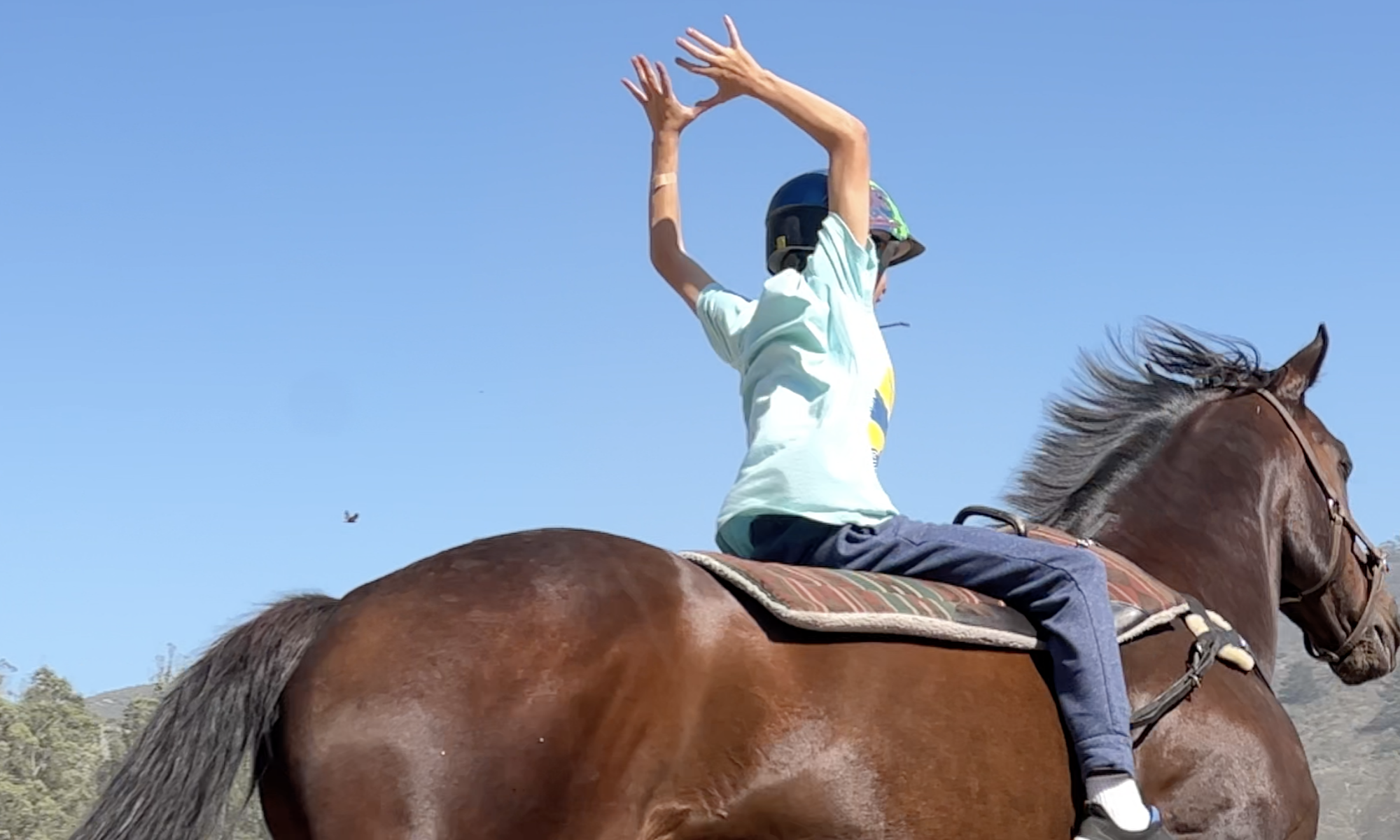
“Let’s Start a Movement”
Starting Square Pegs has given me the opportunity to meet and interact with some really famous people. Anne Firth Murray, Jane Goodall, Sir Elton John (seriously, he kissed me on both cheeks!) and more. But there is one couple that I have had the unlikely opportunity to sit across the table from and glean from them whatever knowledge they might be willing to share, is a series of casual meetings with Gerry and Lilo Leeds.
Here’s a quick excerpt from a bio written for their latest book “Wonderful Marriage”
They are both refugees from Nazi Germany. They arrived in the U.S. with virtually no money, but eventually became successful business entrepreneurs, and continued more recently as social entrepreneurs, with a primary focus on improving the education of children in poor communities. In 1971, they launched the now highly successful publishing company, CMP Media, Inc., which became a leading publisher of business newspapers, magazines and Internet services for the high-tech industries-electronics, communication and computers. They established a set of principles for the company that became a guide for all their future business and management activities. The company became known for its excellent socially responsible policies, its great products, its great services and, especially, for its pioneering on-site infant and child day care center established by Lilo Leeds. Fortune and Working Mother magazine repeatedly cited CMP as one of the “100 Best Companies to Work For.”
Yeah, pretty cool. After 56 years of marriage, they are still working together and still focused on the same goals that they set out to prove when they launched CMP: To improve the education of children in poor communities. And they do it with a focused, no nonsense, multi-tiered approach that works. Go ahead, Google it.
So here I am, at the Stanford Park Hotel on the eve of my 40th birthday. Lilo meets us down in the restaurant and she’s supposed to call and wake up Gerry to join us. Problem is, he’s turned off the phone. Lilo peers over her glasses, blinks and gracefully excuses herself from the table to go and wake Gerry herself. They re-appear soon, hand in hand. They are both kind to the waiter but also very clear about what they will eat and how it should be prepared. Even the waitstaff is soon charmed by the quiet elderly couple. Gerry looks a bit tired at first but as soon as the discussion turns to education or to his successful marriage, he’s wide awake.
Gerry’s voice is soft and I have to lean in close to catch every word. Lilo chimes in between bites of her dinner, she’s got to keep her sugar level up to manage her diabetes. I don’t want to miss a single syllable from either of them and so I’ve hardly touched my food (very rare for me). Gerry talks about how the schools in the poor communities are failing the students and perpetuating the poverty. He tells us how their organization at it’s core believes that students are human beings with assets, talents and feelings who must be treated with respect, dignity and care. That developing, hiring and supporting talented teachers lies at the center of improved student learning. Believing that parents are a valuable source of information about their children’s strengths, talents and aspirations and they are consulted as partners in their children’s education.
Wow! It seems so simple! So clear. And yet, our goverment can only come up with changing testing standards and holding teachers accountable to them without support for the teachers and dwindling resources and outdated programs. Not by re-thinking how schools see the students as our nation’s assets rather than potential liabilities?
Gerry Leeds looked me straight in the eye and said “We aren’t taking on a project, we’re starting a movement.”
Now THAT is something to get excited about. Seriously. 
To which I say, let’s get this party started!
Are you in?



